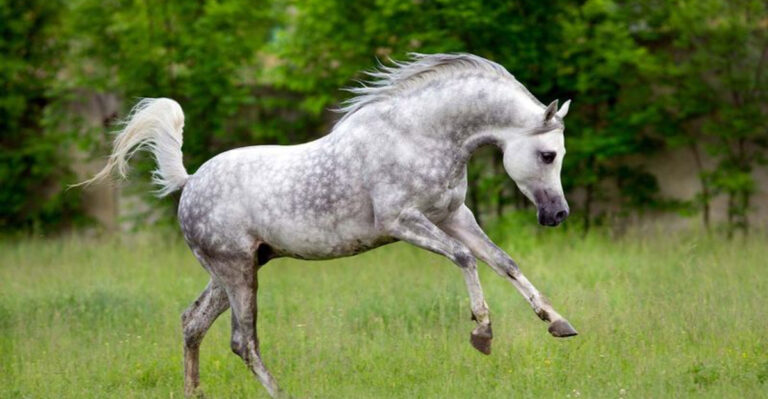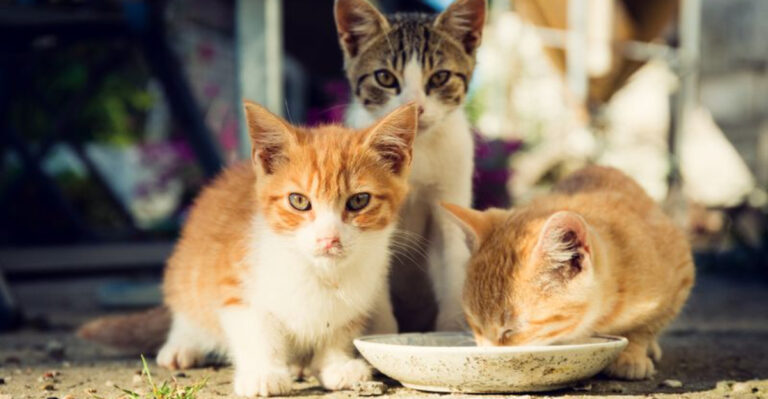6 Reasons Your Cat Deserves An Outdoor Adventure And 6 Reasons She’s Better Off Inside
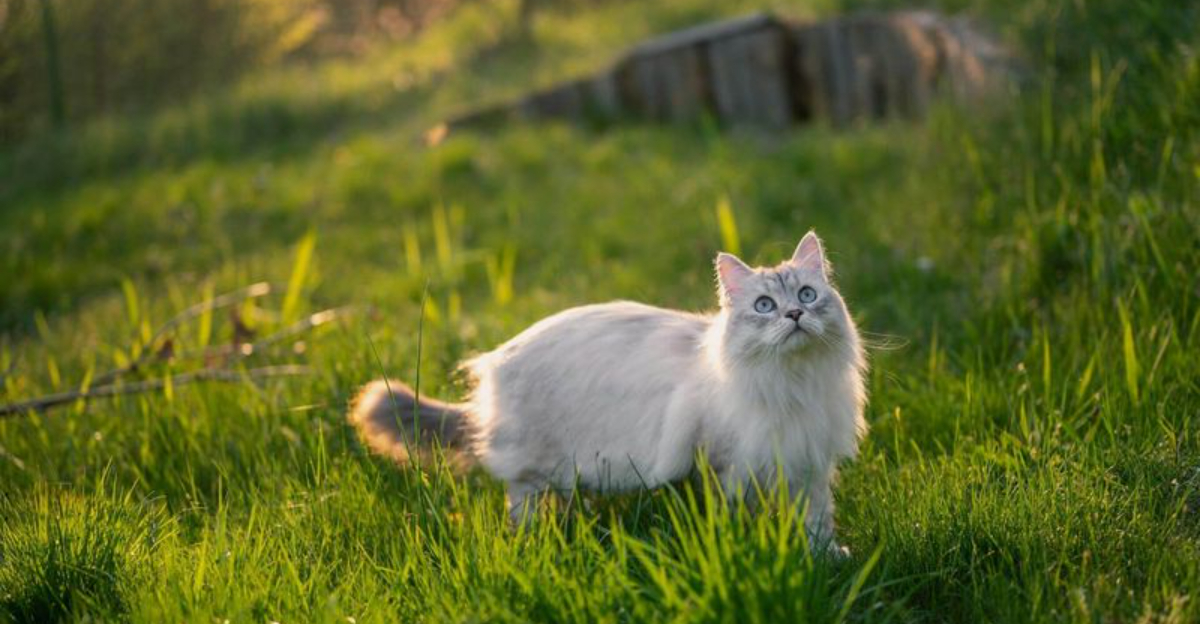
Cats and the outdoors – it’s a debate that divides pet parents everywhere. Your feline friend might meow longingly at the window, but is the great outdoors really the best place for them?
Understanding both sides of this argument helps you make the best choice for your furry companion’s health and happiness.
Let’s explore why your cat might benefit from outdoor adventures and why keeping them inside could be the safer option.
1. Mental Stimulation
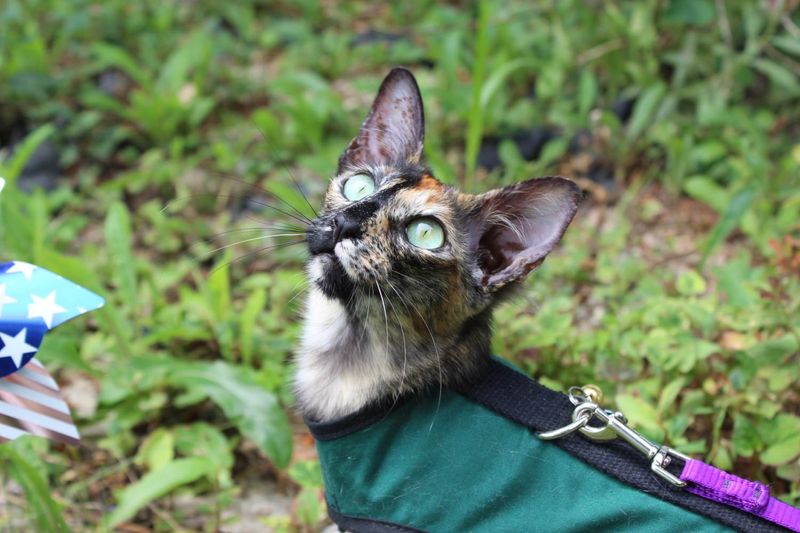
Outdoor environments offer cats a sensory playground unlike anything inside your home. The rustling leaves, chirping birds, and countless smells create a natural enrichment zone that keeps their brains active and engaged.
Cats evolved as outdoor hunters with brains wired to process complex environmental information. When allowed outside, they can climb trees, investigate new territories, and solve real-world puzzles.
Many indoor cats suffer from boredom that leads to depression or destructive behaviors. Regular outdoor access provides the mental challenges they crave, keeping their minds sharp and spirits high.
2. Exercise
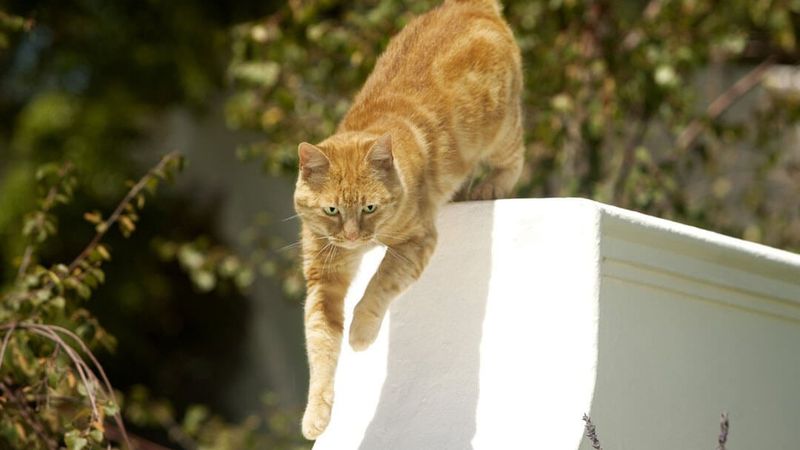
Outdoor cats naturally maintain healthier weights through constant movement. They sprint after butterflies, climb trees, and patrol their territory – burning calories while having fun.
Running at full speed across open spaces gives cats cardiovascular benefits impossible to replicate indoors. This natural exercise helps prevent obesity, which affects nearly 60% of indoor-only cats and leads to diabetes, arthritis, and heart problems.
A cat’s muscles develop differently with outdoor access too. The varied terrain challenges different muscle groups, creating stronger, more agile cats with better balance and coordination than their indoor-only counterparts.
3. Hunting Instincts
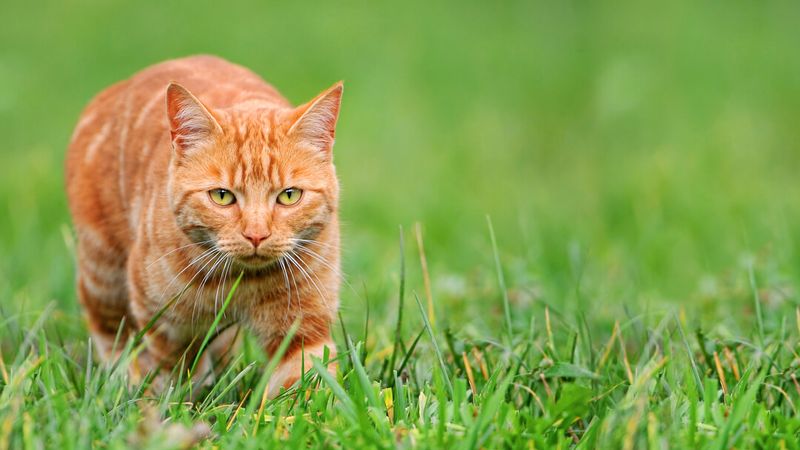
Cats possess powerful hunting instincts hardwired into their DNA from thousands of years of evolution. Indoor environments rarely satisfy this primal urge, leaving cats frustrated and understimulated.
Watching a cat stalk prey reveals their true nature – eyes focused, body low, tail twitching with anticipation. These moments fulfill something deep within their psychology that no toy mouse can replicate.
The entire hunting sequence – stalking, pouncing, capturing, and consuming – releases endorphins that create natural happiness. Even well-fed cats benefit emotionally from occasionally practicing these behaviors outdoors, connecting them to their authentic feline identity.
4. Fresh Air And Sunshine
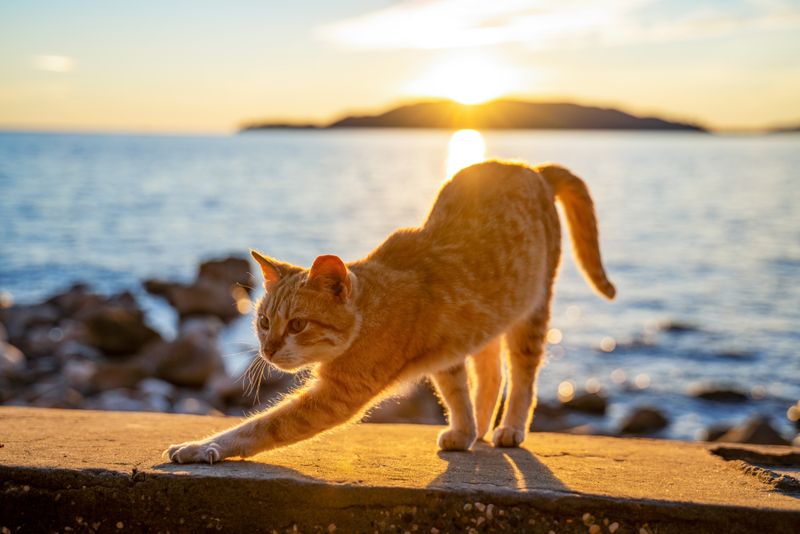
Sunshine provides cats with essential vitamin D, supporting bone health and immune function. Unlike humans, cats can’t effectively produce vitamin D from food alone – they need direct sunlight on their fur, which they later ingest while grooming.
Fresh outdoor air contains beneficial microorganisms that strengthen your cat’s respiratory system. Many indoor environments trap dust, allergens, and chemicals from cleaning products that can irritate sensitive feline lungs.
The changing outdoor temperatures help cats regulate their internal systems naturally. Seasonal variations in light and temperature help maintain healthy sleep cycles and hormone production, something artificial indoor lighting disrupts.
5. Exploration Of Territory
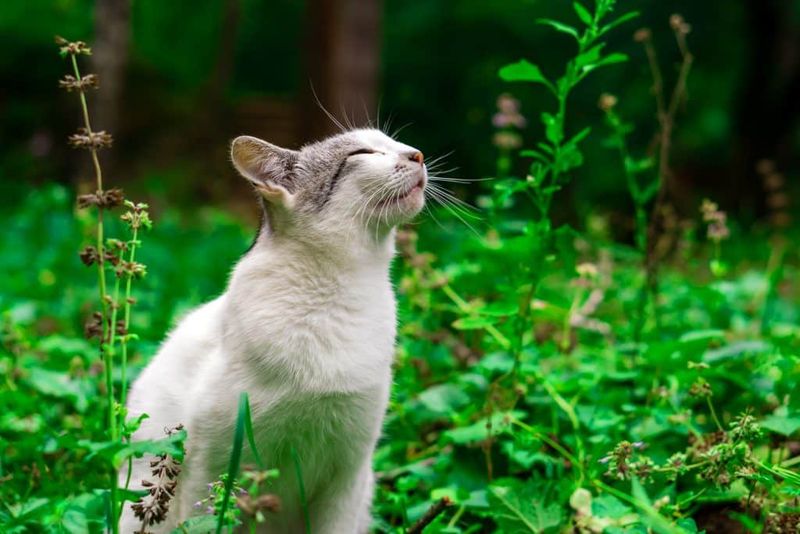
Cats are natural explorers with an instinctive need to patrol and mark their territory. Outdoor access allows them to satisfy this deep-rooted urge by investigating new spaces and leaving their scent markers.
The variety of textures, elevations, and hiding spots outdoors creates a complex environmental map in your cat’s brain. This cognitive mapping exercise keeps their minds sharp and provides a sense of security through familiarity with escape routes and safe zones.
Exploring territory also gives cats a sense of ownership and control – psychological needs often unmet in confined indoor spaces. A cat who knows its territory displays more confidence and fewer stress behaviors.
6. Better Mood And Reduced Stress
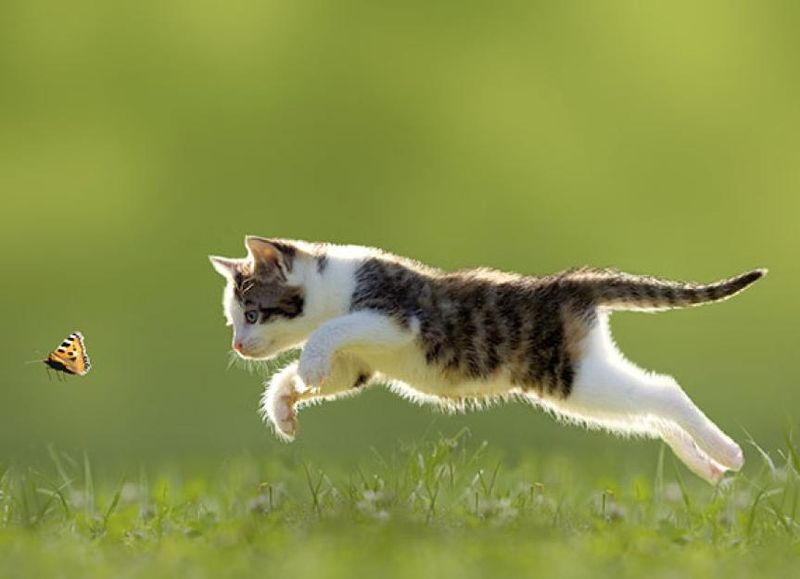
Outdoor access provides natural stress relief for many cats. The combination of exercise, mental stimulation, and territory control addresses core feline psychological needs that indoor environments often can’t satisfy.
Cats with outdoor time typically display fewer problematic behaviors like inappropriate elimination, excessive grooming, or aggression toward other pets. The ability to remove themselves from household stressors – like visitors or loud noises – gives them healthy coping mechanisms.
The sensory richness of the outdoors – from feeling grass under paws to watching leaves flutter – creates natural mood enhancement. Many cat owners report their pets return from outdoor adventures calmer, more affectionate, and generally more content.
7. Safety From Predators
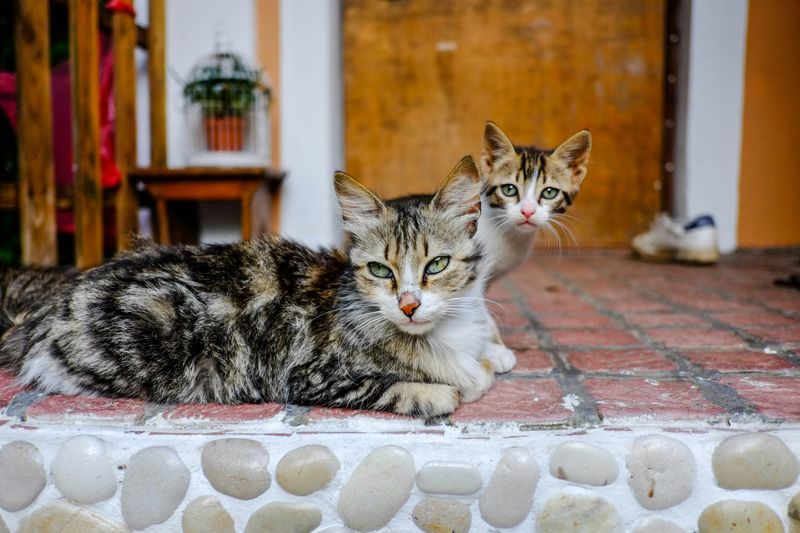
However, there are also several reasons why your kitty is better off indoors.
Indoor cats never face the terrifying experience of being chased by neighborhood dogs, coyotes, or other predators. This protection from natural threats eliminates a significant source of stress and trauma that outdoor cats frequently encounter.
Larger predators aren’t the only concern – even encounters with aggressive neighborhood cats can lead to serious injuries or disease transmission. Indoor cats avoid these territorial disputes that often result in abscesses, torn ears, or worse.
The safety of indoor living means your cat will never experience the panic of being treed by a predator or forced to hide for hours until danger passes. This peace of mind benefits both you and your feline companion.
8. Lower Risk Of Disease
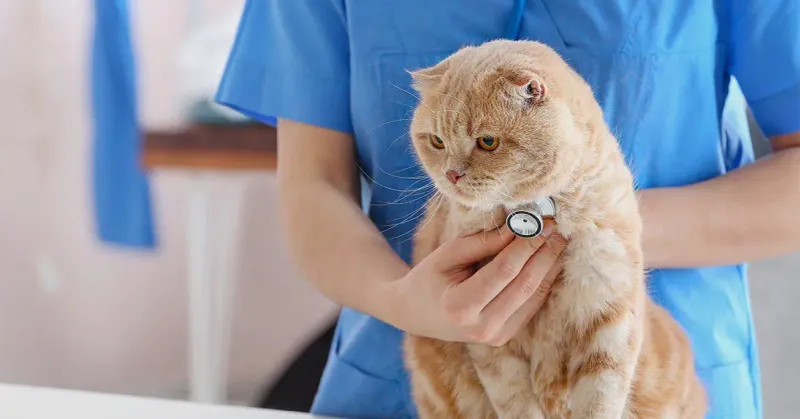
Indoor cats avoid exposure to numerous contagious diseases that outdoor cats regularly encounter. Feline leukemia, FIV (feline immunodeficiency virus), and feline infectious peritonitis spread through direct contact with infected cats – a common occurrence outdoors.
Parasites pose another significant health risk for outdoor cats. Fleas, ticks, intestinal worms, and ear mites thrive in outdoor environments and can cause serious health problems ranging from anemia to heartworm disease.
Keeping your cat indoors also prevents exposure to diseases carried by wildlife. Rabies, toxoplasmosis, and various bacterial infections can be transmitted when cats interact with or consume wild animals – a natural behavior for outdoor cats.
9. Accidents And Injury Prevention
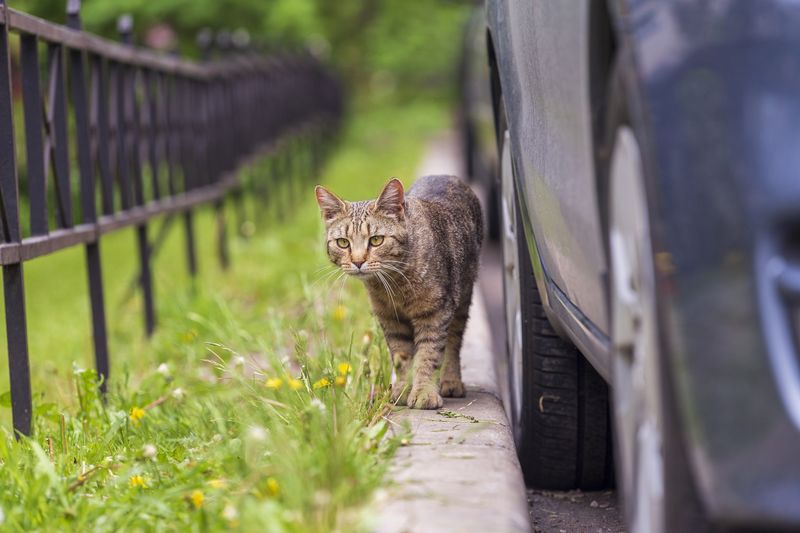
Cars represent the single greatest danger to outdoor cats, with thousands killed or severely injured by vehicles each year. Even the most street-smart cats can misjudge traffic or be startled into the path of an oncoming car.
Indoor cats avoid other common outdoor hazards too. They won’t fall from high places, get trapped in garages or sheds, or encounter toxic substances like antifreeze, pesticides, or rodent poisons that curious cats often investigate.
Weather extremes pose serious risks that indoor cats never face. Hypothermia in winter, heat stroke in summer, and getting lost during storms are all eliminated when your cat stays safely inside your climate-controlled home.
10. Longer Lifespan
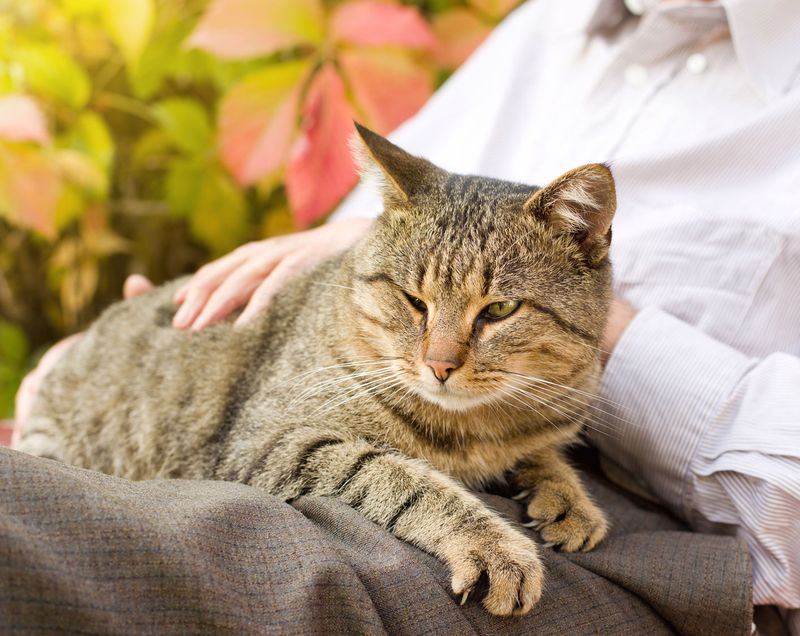
The statistics are striking – indoor cats live an average of 10-15 years, while outdoor cats typically survive only 2-5 years. This dramatic difference reflects the cumulative effect of all outdoor hazards combined.
Indoor cats receive more consistent healthcare because owners notice symptoms earlier. Changes in eating, drinking, or litter box habits – crucial early warning signs of illness – are easily missed when cats spend significant time outdoors.
The stress-free environment of indoor living contributes to longevity too. Without the constant vigilance required outdoors, indoor cats experience less wear on their immune systems and fewer stress-related health conditions that accelerate aging.
11. No Exposure To Toxins
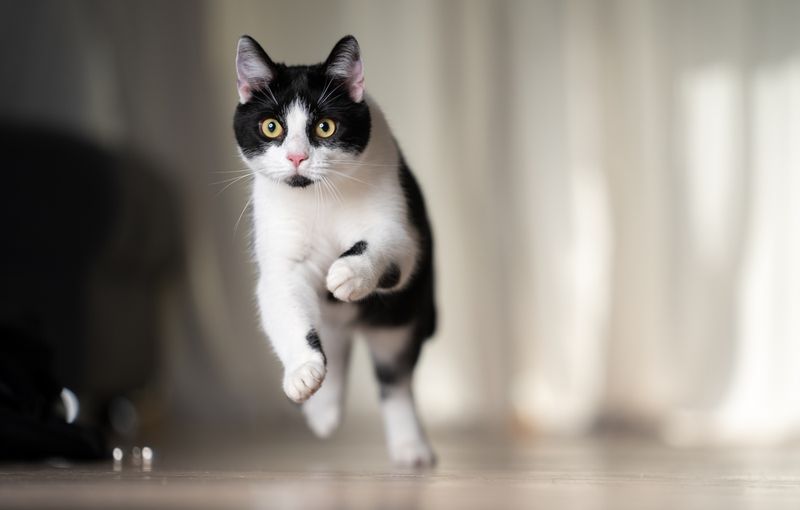
Outdoor environments contain numerous toxins that curious cats often encounter. Lawn chemicals, garden pesticides, and fertilizers can poison cats through direct contact or ingestion during grooming.
Antifreeze represents a particularly deadly hazard with its sweet taste that attracts cats. Even small amounts cause kidney failure and death, yet it’s commonly found in driveways and streets where outdoor cats roam.
Indoor cats avoid exposure to environmental pollutants like car exhaust, industrial chemicals, and cigarette residue from outdoor smokers. These toxins build up in cats’ systems over time, potentially leading to respiratory problems, allergies, and even certain cancers.
12. Protecting Local Wildlife
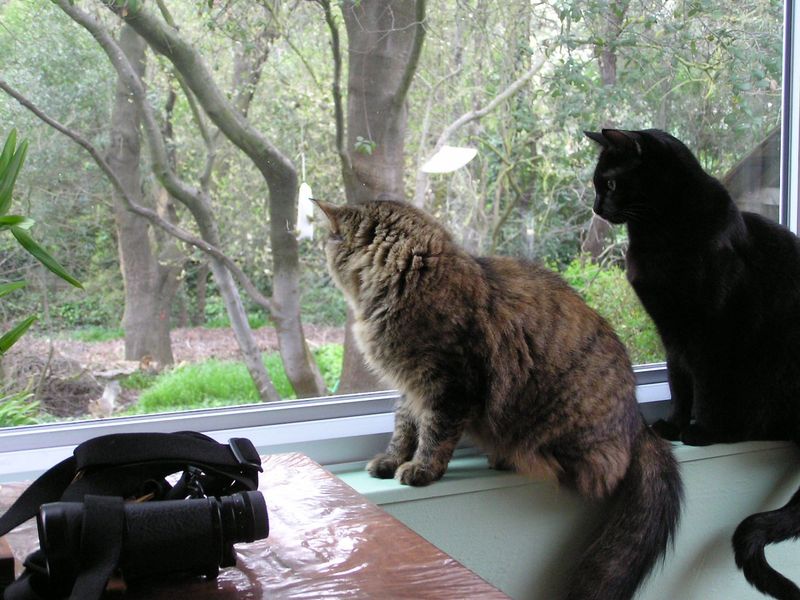
Domestic cats are exceptional hunters – even well-fed pets kill millions of birds, small mammals, and reptiles annually. Keeping your cat indoors prevents this significant impact on local wildlife populations, many of which are already struggling.
Bird populations have declined dramatically in recent decades, with outdoor cats contributing substantially to this problem. Many bird species nest on or near the ground, making them particularly vulnerable to cat predation.
The ecological responsibility of pet ownership includes considering your cat’s effect on the environment. Indoor cats can express their hunting instincts through interactive toys and games, satisfying their needs without harming wildlife or disrupting local ecosystems.

